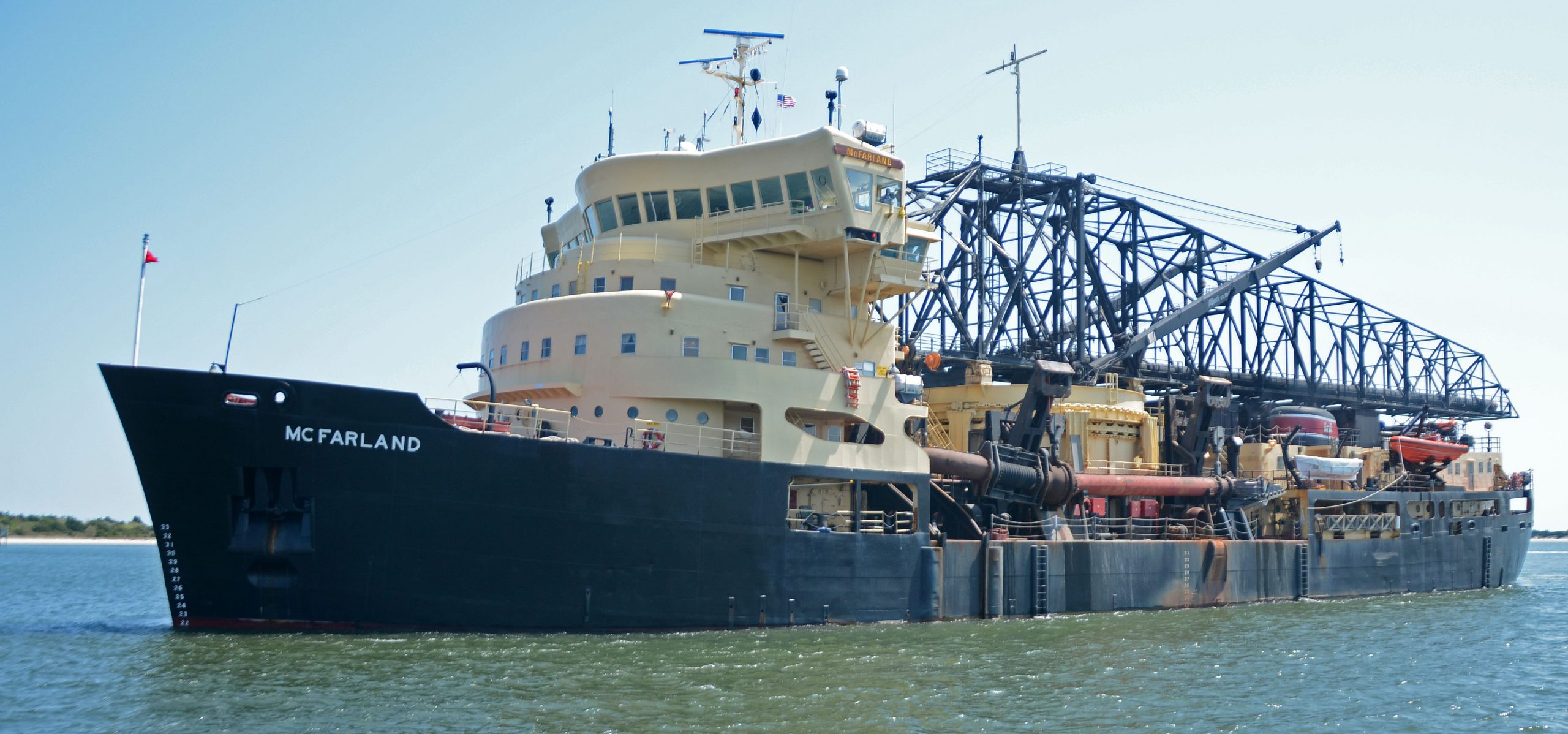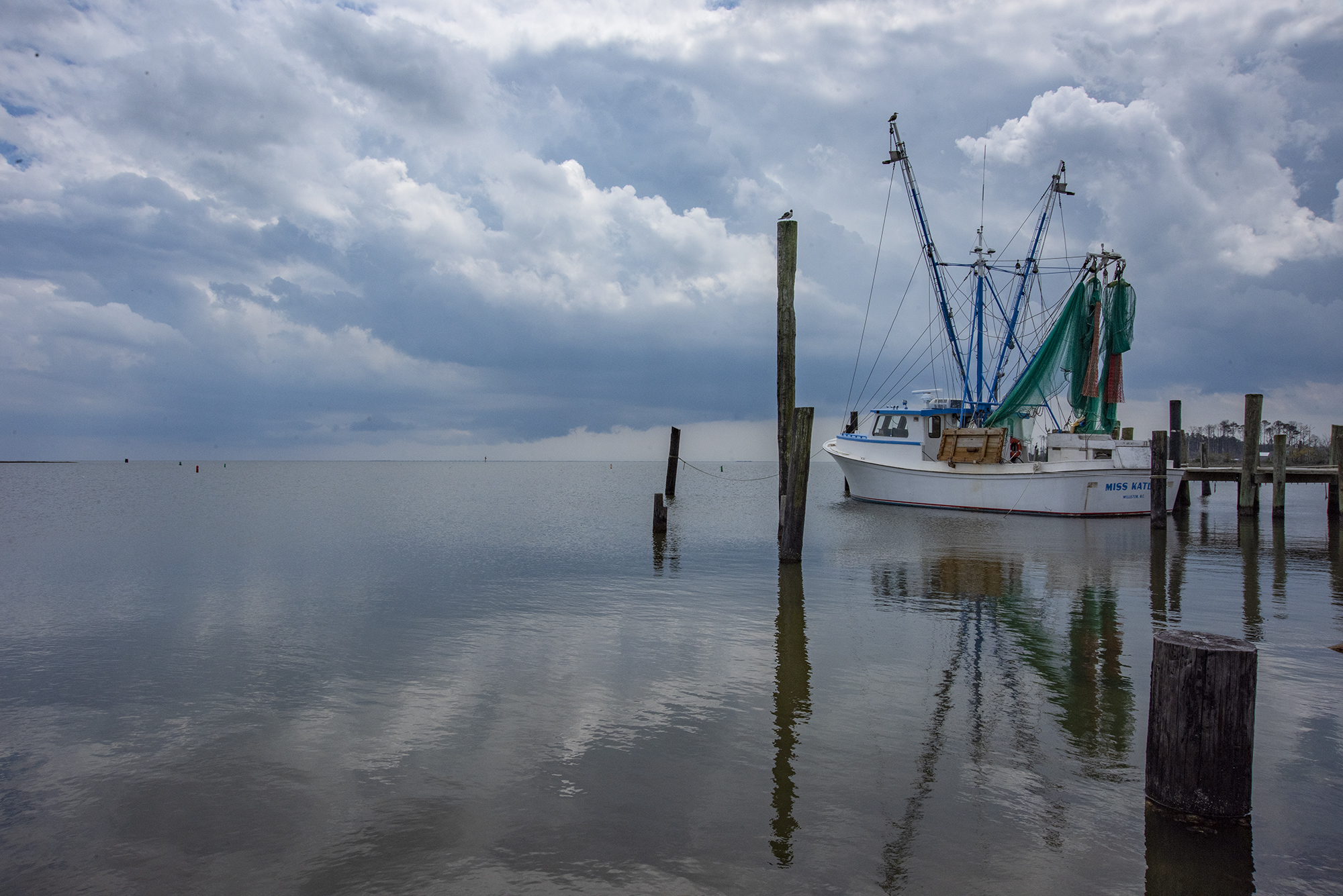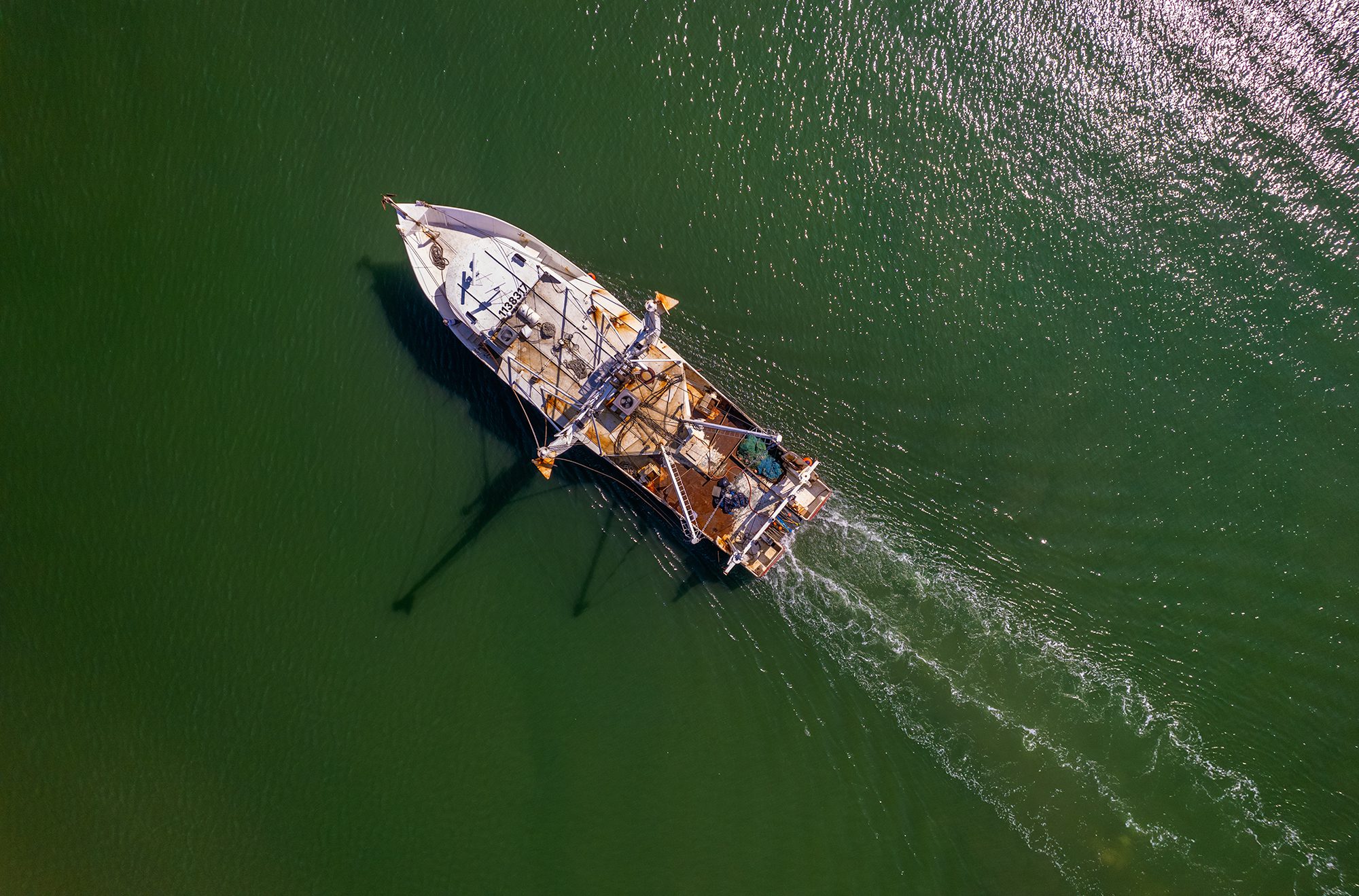
The Army Corps of Engineers’ Wilmington District is requesting the state drop its environmental window for hopper dredging within the federally maintained channels at North Carolina’s ports.
Eliminating the hopper dredging window would allow the Corps more flexibility to maintain the deep-draft channels and save millions of dollars, according to an environmental assessment, or EA, the district released in August.
Supporter Spotlight
The Corps is also asking that bed leveling be allowed throughout the year in conjunction with hopper dredging. In bed leveling, dredge contractors use plow-like equipment to level out ridges and trenches created during dredging.
The window for hopper dredging in the state is Dec. 1 – April 15.
“Previous environmental policy documents that were coordinated between the Wilmington District and the State of North Carolina aimed to avoid dredging/placement during periods of high biological activity,” Dave Connolly, the district’s public affairs chief, said in an email. “Using risk management-based decision making for dredging eliminates constraints based on specific dates and will allow more flexibility and increase efficiency in maintaining the harbors while improving navigability and safety.”
Under what the Corps refers to as the Regional Harbor Dredge Contract, or RHDC, Wilmington is paired with Charleston, South Carolina, and Savannah, Georgia, districts as a cost-saving measure when contracting for harbor maintenance projects predominately using hopper dredging.
Wilmington District is the only district within the RHDC that has an environmental window for hopper dredging.
Supporter Spotlight
That could be a sticking point for these districts when it comes time to bid for a hopper dredging contract.
These particular dredges are in short supply. There are 13 available for the coast stretching from Maine to Florida and across the Gulf Coast to Texas.
Since coming under the RHDC in 2017, the districts have not been forced to pass a dredging cycle because they could not secure a hopper dredge, Connolly said.
But, prior to the regional contract, projects in the Morehead City Harbor had to wait another dredging cycle because of dredge availability, he explained in the email.
According to the Corps’ assessment, four hopper dredges are scheduled for work through March 2021 and one remains in an “idle” status.
“This leaves only eight available hopper dredges between now and March 2021 to perform all the required dredging for approximately twenty-five to twenty-eight USACE contracts to remove 50-55 million cubic yards (CY) of dredged material in fiscal year 2021,” the EA states.
To remove that 50-55 million cubic yards of material, each dredge would have to remove 25,000 CY a day for 250 days, or about eight months.
A hopper dredger vacuums material from the channel floor and holds that material on the vessel.
They are the preferred dredge to maintain portions of the harbors leading to the state’s ports because they are more efficient, safer and economical, compared to other types of dredges, according to the environmental assessment.
Shoaled material sucked onto hopper dredges used at the ports in Morehead City and Wilmington is placed within preapproved offshore disposal sites, not on adjoining beaches.
“Our office had no significant comments because the project doesn’t include upland (beach) sand placement,” Lilibeth Serrano, public affairs specialist with the U.S. Fish and Wildlife Service’s Raleigh Ecological Services Field Office, said in an email.
USFWS is recommending the Corps apply current guidelines for avoiding impacts to the West Indian manatee, which is both under the federal Endangered Species Act and North Carolina Endangered Species Act.
Protections for federally listed species are included in the National Oceanic and Atmospheric Administration’s South Atlantic Regional Biological Opinion, or SARBO, for dredging and material placement.
David Bernhart, head of NOAA’s Protected Resources Division, explained in a telephone interview that the SARBO dates back to the late 1980s to early 1990s.
“At that time, we were discovering for the first time how hopper dredges could capture and kill, if done in certain ways, a lot of sea turtles,” he said. “At that time, we worked with the Army Corps and implemented these seasonal restrictions on hopper dredges to protect sea turtles. It was pretty simple. It was let’s move all of the hopper dredging into the winter months. That was highly effective.”
Since that time, other species, such as Atlantic sturgeon and some corals, have been added for protection under the Endangered Species Act.
One of the things officials noticed was that the previous environmental hopper dredging windows for sea turtles placed 100% of dredging within the right whale calving season, which generally runs December through March largely from Florida to Georgia, but sometimes as far north as North Carolina.
“In our new SARBO that we were working to develop with the Army Corps we wanted to have a broader view of all the risk factors and we did want to revisit that issue of restricting the Corps to just working in the winter time,” Bernhart said.
“For our purposes, that was putting a lot of risks on the right whales. We have reissued as of this March a new, greatly updated SARBO that considers all of the ESA listed species and much less restrictive in terms of limitations on when and where. So, all of our formal ESA consultation has already been done,” Bernhart continued. “The general framework is that there will be a lot of monitoring and coordination by the Army Corps in communication with us as they implement changes because they did things this one way for 25 years or maybe closer to 30 years with those other windows. So, we don’t have full experience with how things are going to go when we deviate from this so I think they’re treating everything with let’s monitor and adjust as needed. We do know that we’ve got a lot more mitigations for particularly sea turtles that are effective that you don’t have to go all the way to closures.”
Several fishery species are present in the project areas between the months of April and June. Those include: Atlantic sturgeon, American Atlantic sturgeon, American shad, river herring, shad, white shrimp, blue crab, gag grouper and summer flounder.
The EA includes an essential fish habitat assessment and concludes that impacts to fishery species are not expected to be significant. Based on the channels’ proximity to designated nursery areas, “no adverse effects are anticipated” to occur in primary or secondary nursery areas, according to the assessment.
Wilmington District’s EA examines three alternatives, including taking no action and expanding the current environmental window from July 1 to April 15.







